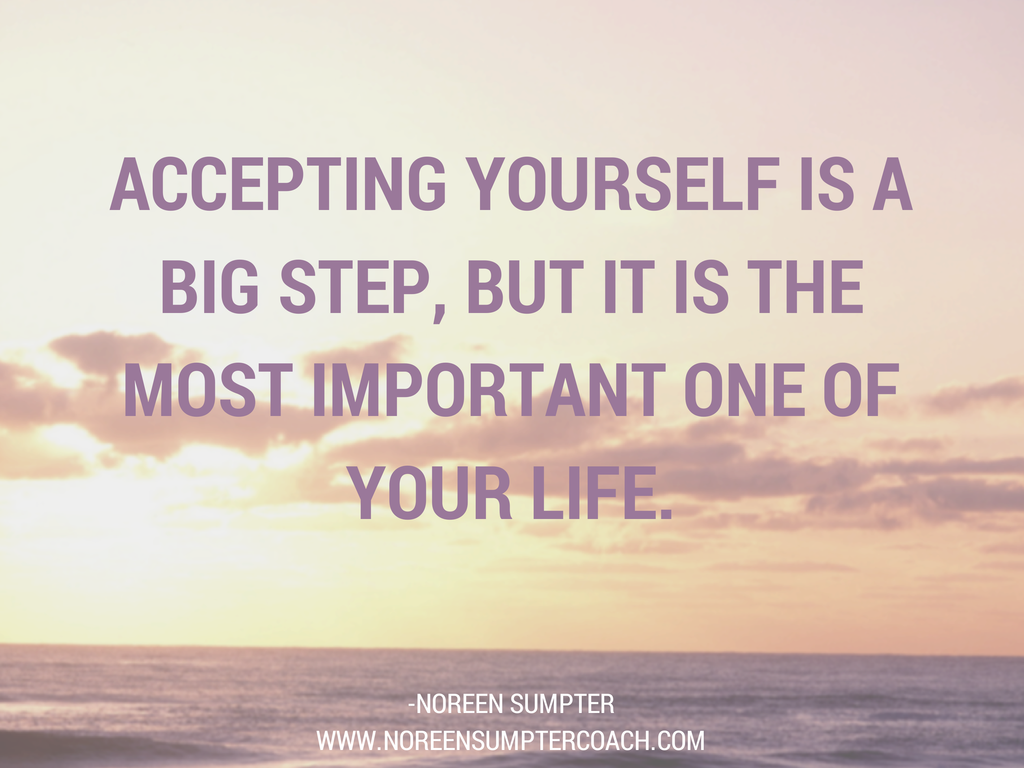
As a Survivor of child abuse, we should understand that just because the abuse is over doesn't mean that it no longer affects our lives. Many of the long-term affects of child abuse often have a pervasive impact on all areas of a survivor's life. Chapter Three (pg. 42) discusses some of the most frequent types of problems encountered by survivors. We will discuss them briefly here. Please take the time to read this section of the
Survivors to Thrivers Manual and utilize the journal questions to help you understand where you stand on these issues. Not everyone shares all the different types of symptoms, nor do all
survivors experience the same degree of intensity of the problems. You
will have to determine which of the problems are primary and
which are secondary in your life. Remember that the fact that you experience any (or all) of these problems
does not prove that you were abused as a child or that the abuse you
suffered is the cause of your current problems. These self-perceptions
and problems can stem from a variety of other sources, both internal and
external.
Relationship Problems
Adult survivors often have a difficult time initiating, maintaining and
enjoying relationships. Any kind of relationship, ranging from collegial
relationships at work, to personal friendships, to parent-child
relationships, to intimate, romantic relationships, may be problematic.
Relationships for survivors may reflect the all-or-nothing syndrome:
either too few or too many relationships that seem to come and go like
people through a revolving door. In some relationships, the survivor
may assume a particular role and proceed to play out a replication of
the past abuse. Given that child abuse most often occurs in the context
of family relationships, the possibility of your repeating old patterns
in personal adult relationships should not be underestimated.
Low Self-Esteem
If there is one quality most survivors share, it is low self-esteem.
Chronic
feelings of being bad or unworthy are intricately connected to all the
other "self" words that are used to describe the adult survivor:
self-effacing, self-deprecating, self-conscious, self-blaming, and so
on. Low self-esteem causes survivors to become their own worst enemies
by turning against themselves in a damaging reenactment of their own
abuse.
Self-Sabotage
Where low self-esteem is the primary feeling of the adult survivor,
self-
sabotage is the corresponding behavior pattern in the external world.
Self- sabotage is any kind of conscious or unconscious behavior that
undermines your successful functioning in the world. Self-sabotage may
range from buying a "lemon" of a used car to losing one's checkbook to
becoming involved with an alcoholic partner to engaging in
life-threatening activities. You may allow yourself to be exploited by a
boss or engage in physically harmful or potentially dangerous
activities such as cutting yourself or engaging in unsafe sex.
Typically, one's pattern of self-sabotage is closely related to one's
personal issues and family history. Survivors who grew up in addictive
families may self-sabotage by driving while drunk or getting caught with
illegal drugs. Survivors from violent families may tend to get
themselves beaten or injured. Survivors from wealthy families often
find themselves losing money, getting swindled or making bad
investments. Studies have shown that survivors of child sexual abuse are
more likely to be assaulted as adults.
Sexual Problems
A variety of sexual problems are associated with childhood sexual abuse,
although there is also evidence to suggest that physical and emotional
abuse can affect the survivor's sex life as well. Survivors of sexual
abuse often mistrust their partners, experience anxiety over the demands
of intimacy and feel uncomfortable with their bodies.
Symptoms of Trauma
Psychic trauma is a psychological condition caused by overwhelming
stress
that cannot be controlled by normal coping mechanisms. It can result
from a number of situations in addition to child abuse, including war or
battlefront experience, natural disasters, being held hostage and being
in the middle of a bombing, hijacking or shootout. Perhaps the most
common symptom of such traumatic exposure is panic attacks involving
hyperventilation and severe anxiety. These can be triggered by anything
your senses associate with your past abuse. Insomnia, sleepwalking,
nightmares and night terrors (a more extreme type of nightmare occurring
during non-dreaming sleep cycles) are other signs of unresolved trauma
of some sort.
Physical Ailments
Adult survivors of physical and sexual abuse frequently complain of a
host
of illnesses and psychosomatic problems during their adult lives. The
most common generalized effects include stomach problems, difficulty in
breathing, muscular tension and pain, migraine headaches, incontinence
and heightened susceptibility to illness and infection. In addition,
skin disorders, back pain ulcers and asthma are common ailments that are
stress-related and may signify unresolved childhood abuse issues. In
cases of sexual abuse, the breasts, buttocks, anus and genitals may be
the site of discomfort, chronic pain and otherwise unsubstantiated
sensations. If the survivor was forced to have oral sex, s/he may
experience episodes of nausea, vomiting and choking that are unrelated
to a physical or systemic cause. Incontinence has been found in
survivors who have been sodomized. Again, we remind you that any or all
of these problems may be caused by non-abuse-related factors or
conditions as well.
Social Alienation
Because of their abuse experiences, most adult survivors feel
stigmatized
and experience people as dangerous and not to be trusted. Attending
parties or other social gatherings can evoke anxiety, insecurities and
concerns over not being "good enough." Fear of rejection is also a
common concern for survivors. And, because they were usually harmed by
adults whom they trusted, survivors tend to carry their fear of being
harmed by others into the present.
Handling Feelings
All adults carry feelings that are rooted in their childhood
developmental
experiences. Adult survivors, however, may have particularly powerful
feelings that are left over from their abuse. These feelings can be
triggered by circumstances that are somehow reminiscent of the abuse
and, in the context of being a survivor, may have particular importance.
Anxiety is the result of not having known what to expect or how to act in social or family situations.
Fear and
anger are both natural responses to the threat or act of assault.
Sadness results from recognizing that your parents or another trusted adult could abuse you.
Shame and
guilt tell you that you still hold yourself responsible for what happened.
Rage is the built-up reservoir of the anger that could never be safely
expressed within your family.
Frustration is the feeling you are left with when nothing seems to go your way.
Confusion is a sign that you don't know why something has happened or what you can do about it.
Alienation from others is the result of too many disappointments.
Helplessness,
hopelessness and
powerlessness
are the feelings that tell you that you are resigned to life as it is
and may have temporarily given up on it ever being better. Your
feelings always tell you something important about yourself, even if
sometimes the message is frightening, troubling or saddening.
*******************************

Recognizing that child abuse may continue to impact you past your
childhood is a necessary step in your recovery. The tendency to
sabotage yourself in various aspects of your life does not mean that you
are a bad person; it means that you are a wounded person. Identifying
the wounds and acknowledging the difficulties that grow out of them is
an essential part of healing. When doubts about being able to handle your recovery begin to surface, remember that you have survived the
torment as a child, and that this is the worst part of the abuse. As an
adult, you have new capabilities, new choices and a great deal more
control over your life. Be open to new understandings of what you
experienced. Most of all, you are not alone. Change can be scary, but
it can also be healing. Perhaps it's time to find an ASCA meeting in
your area and see what happens next.
With the next post, we will begin our journey through the steps of recovery.
 An important sub-goal in this step is learning to accept your feelings about the abuse, whatever they may be at this time. These feelings may not make complete sense to you, but they are there for a reason. In the same way that the pain from a bruise tells you of a physical injury, the feelings associated with your abuse signal an internal emotional bruise. Instead of ignoring the feelings, you should try to figure out what those feelings are telling you. As a survivor, you probably had your feelings invalidated by your parents or abusers, so not recognizing your feelings as valid now may be an old pattern you want to break. Give yourself the benefit of the doubt when it comes to verifying your feelings. You will need time and help to sort out what happened, free of the denial and distortion of the past.
An important sub-goal in this step is learning to accept your feelings about the abuse, whatever they may be at this time. These feelings may not make complete sense to you, but they are there for a reason. In the same way that the pain from a bruise tells you of a physical injury, the feelings associated with your abuse signal an internal emotional bruise. Instead of ignoring the feelings, you should try to figure out what those feelings are telling you. As a survivor, you probably had your feelings invalidated by your parents or abusers, so not recognizing your feelings as valid now may be an old pattern you want to break. Give yourself the benefit of the doubt when it comes to verifying your feelings. You will need time and help to sort out what happened, free of the denial and distortion of the past.







